Illuminating wall art with recessed halogens
joelmr
16 years ago
Featured Answer
Comments (6)
remodeler_matt
16 years agoRelated Professionals
Shorewood Lighting · Peachtree City Furniture & Accessories · Glenvar Heights Furniture & Accessories · Hoffman Estates Furniture & Accessories · Pinehurst Furniture & Accessories · Bloomingdale Interior Designers & Decorators · Bonita Decks, Patios & Outdoor Enclosures · Brentwood Decks, Patios & Outdoor Enclosures · Kearns Decks, Patios & Outdoor Enclosures · Miami Decks, Patios & Outdoor Enclosures · Olathe Decks, Patios & Outdoor Enclosures · Pittsburgh Decks, Patios & Outdoor Enclosures · Portland Decks, Patios & Outdoor Enclosures · Prichard Decks, Patios & Outdoor Enclosures · Saint Louis Park Decks, Patios & Outdoor Enclosuresremodeler_matt
16 years agodim4fun
16 years agojoelmr
16 years agodim4fun
16 years ago
Related Stories
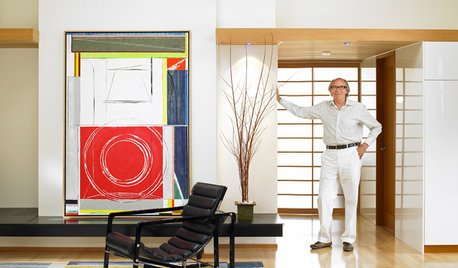
HOUZZ TOURSHouzz Tour: Everything Art Is Illuminated in Canada
Artist Richard Roblin has designed an airy, modern home and studio that's brimming with paintings and contemporary furnishings
Full Story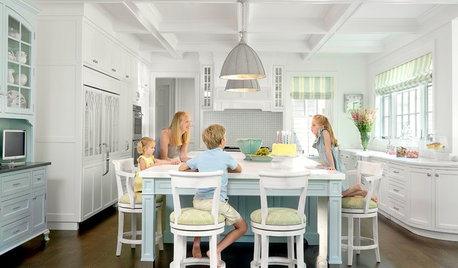
LIGHTINGSource List: 20 Pendants That Illuminate the Kitchen Island
See the ceiling lighting fixtures that are popular on Houzz and find out where to get them
Full Story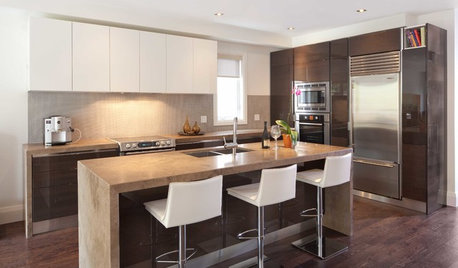
LIGHTINGGet Your Home's Recessed Lighting Right
Learn the formula for how much light a room needs plus how to space downlights, use dimmers and more
Full Story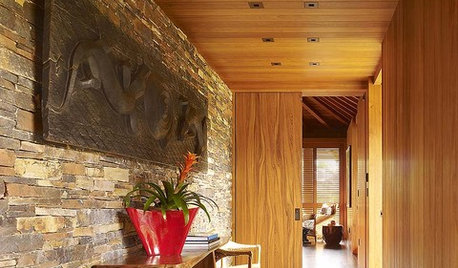
LIGHTINGRecessed Lighting 101
Looking to brighten a drab, dim space? Recessed lighting may be your answer. Here's what you need to know
Full Story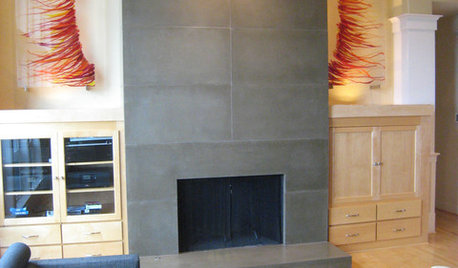
LIGHTINGGlass Art: How to Place and Light It
Helpful tips on illuminating glass art around your home
Full Story
DECORATING GUIDESExplore the Art of Light and Dark in Design
Play with dramatic contrast, the art of chiaroscuro, to add depth and interest to your architecture and interiors
Full Story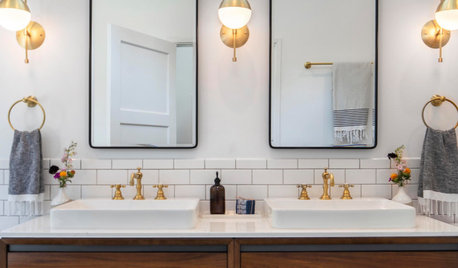
BATHROOM WORKBOOKHow to Get Your Bathroom Vanity Lighting Right
Create a successful lighting plan with tips on where to mount fixtures and other design considerations
Full Story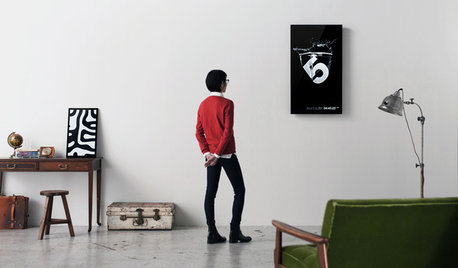
ARTNew Digital Art Frame Gets Put to the Test
Our writer sets up the EO1 at home, then invites artist friends over for a look — at images of their own work. See what they have to say
Full Story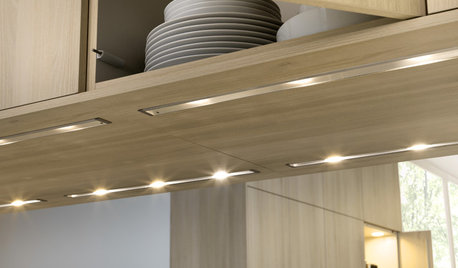
LIGHTINGWhat to Consider When Lighting Your Home
A designer offers a few illuminating insights on this key design element
Full Story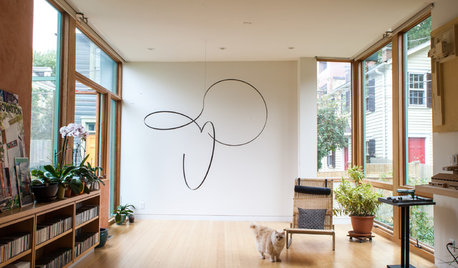
ARTAt Home With Art: Suspended Sculptures Heighten the Possibilities
Draw the eye in unexpected ways with 3D artwork hung from above
Full Story





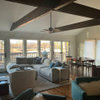
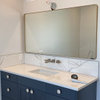
joelmrOriginal Author